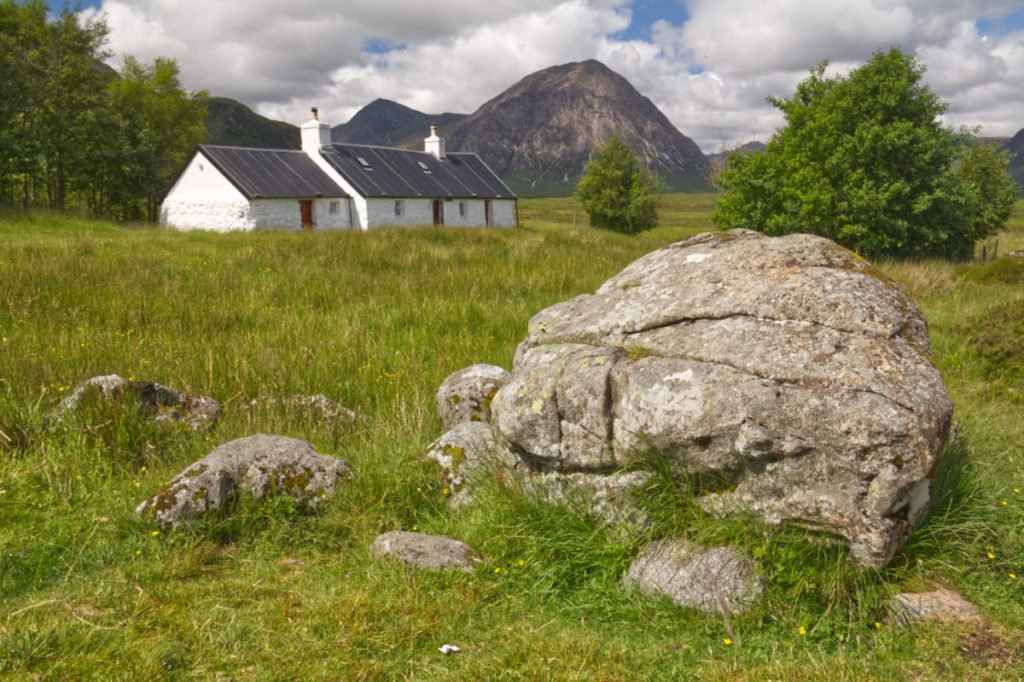13th February 1692
The Massacre of Glencoe
The Catholic James VII of Scotland (simultaneously James II of England and Ireland) was deposed in the Glorious Revolution of 1688 by his Protestant daughter, Mary II, and her husband William III.
The failed Jacobite rising of 1689 sought to return James to the throne, after which many supporters of James’ right to the crown were bought off. But not all of them: many highlanders still supported his cause. The government was not prepared to put up with this indefinitely and, in 1692, it sent more than 900 troops to Glencoe.

Government makes its move
The northern exit from Glencoe was blocked, while government forces swept in from the south with orders to kill anyone they encountered and to burn houses. Their primary targets were the MacDonalds. Around 30 people lost their lives in the ensuing massacre, although nobody knows the exact number. Some sources put the number dead at closer to 40.
Accounts of the massacre are gruesome. The MacDonalds had hosted the soldiers that would eventually turn on them, recounts The Scots Magazine of 6 March 1758. “A boy of eight years, who fell at Campbell’s feet, imploring mercy, and offering to serve him for life, was stabbed to the heart by one Drummond, a subaltern officer. Eight and thirty persons suffered in this manner; the greater part of whom were surprised in their beds and hurried into eternity before they had time to implore the divine mercy.”
Many targets escape
It could have been much worse. The Scots Magazine continued, “the design was to butcher all the males under seventy that lived in the valley, the number of whom amounted to 200: but some of the detachments did not arrive soon enough to secure the passes; so that 160 escaped.”
Many of those who had survived the immediate massacre died of exposure: it was midwinter, snow was falling, and their houses had been burned to the ground. They had nowhere to shelter in the valley.
The order for the massacre to take place, which was signed in Fort William, was sold at auction in 1907. The Dundee Evening Telegraph of 30 May reported that it “is rather a gruesome relic for anyone to possess, and it is a little surprising that, interesting as a historical document though it may be, anyone should have been willing to pay such a price as £1400 for it… its historical significance is not great, and its proper place… is in a chamber of horrors.”
